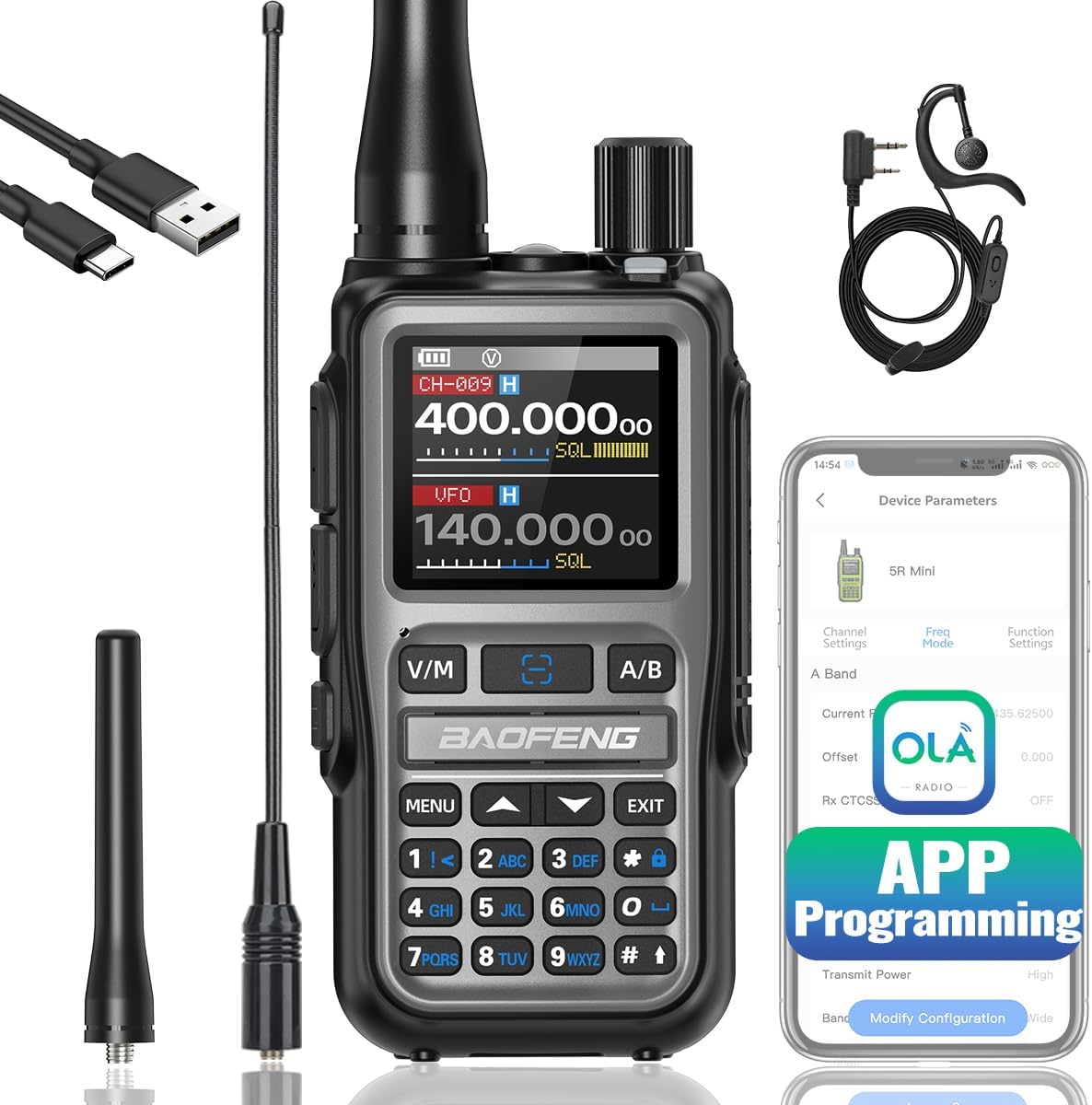
Guglielmo Marconi is a name that resonates deeply in the world of radio communications. As a pioneer of wireless telegraphy, his contributions laid the foundation for modern radio technology and, by extension, the vibrant world of amateur (ham) radio. Without Marconi's groundbreaking work in the late 19th and early 20th centuries, the hobby of amateur radio would not exist as we know it today.
Marconi’s Early Life and Wireless Experiments
Born in 1874 in Bologna, Italy, Guglielmo Marconi displayed an early interest in electrical science. Inspired by the works of Heinrich Hertz, James Clerk Maxwell, and Oliver Lodge, Marconi set out to develop a practical wireless communication system. In 1895, he successfully transmitted signals over a distance of about a mile at his family’s estate, using rudimentary radio waves and a coherer-based receiver.
Recognizing the potential of his discovery, Marconi traveled to England in 1896, where he secured a patent for his wireless telegraph system. He continued refining his technology, extending transmission ranges, and demonstrating its applications for maritime and long-distance communication. These experiments ultimately led to the birth of commercial and governmental wireless communication.
The Transatlantic Transmission and Its Impact
One of Marconi’s most famous achievements occurred on December 12, 1901, when he successfully transmitted the first transatlantic radio signal from Poldhu, Cornwall, to St. John’s, Newfoundland. This historic event proved that radio waves could travel long distances beyond the horizon, defying skeptics who believed that the Earth's curvature would obstruct transmissions.
This breakthrough had profound implications, not just for commercial and military communication but also for radio enthusiasts. Marconi’s demonstration sparked global interest in wireless technology, inspiring countless experimenters and engineers to develop their own radio systems.
Marconi’s Influence on Amateur Radio
The early 20th century saw rapid advancements in wireless technology, and with it emerged a group of enthusiasts eager to experiment with radio communication. Many of these individuals were inspired by Marconi’s work and sought to build and operate their own radio transmitters and receivers.
Advancing Radio Equipment
Marconi’s company developed increasingly sophisticated radio equipment, which became accessible to hobbyists. Early amateur radio operators often repurposed surplus components from Marconi’s designs, adapting them for personal and experimental use. His pioneering research on antennas, signal propagation, and frequency tuning provided the technical foundation upon which amateur radio was built.
The Formation of Regulations and Organizations
As more people began transmitting on the airwaves, interference became a growing concern. Governments worldwide recognized the need to regulate radio frequencies to ensure orderly use. Marconi’s work had already demonstrated the importance of frequency control, modulation techniques, and long-distance communication, which influenced early regulatory frameworks.
By 1912, the Radio Act in the United States introduced licensing requirements, setting the stage for the formalization of amateur radio. Around the same time, international discussions on radio regulations were underway, further structuring the emerging hobby. Marconi’s success in proving the potential of wireless communication undoubtedly contributed to the recognition of radio’s importance and the establishment of organized amateur radio societies.
Encouraging Experimentation and Innovation
Marconi’s spirit of experimentation became a hallmark of the amateur radio community. Many hams viewed their activities as a continuation of his pioneering work—exploring new transmission methods, refining antennas, and pushing the limits of communication distance. The amateur radio ethos of self-learning, innovation, and technical exploration can be traced directly to Marconi’s relentless pursuit of advancing wireless technology.
The Legacy of Marconi in Modern Ham Radio
Marconi’s influence on amateur radio remains evident even in the 21st century. Modern ham radio operators continue to experiment with high-frequency (HF) communication, much like Marconi did during his early experiments. Morse code (CW), which Marconi relied on for his transmissions, remains a respected and widely used mode in amateur radio today.
Additionally, Marconi’s pioneering efforts in long-distance radio paved the way for modern communication techniques, including satellite communication, digital modes, and software-defined radio (SDR), all of which have become integral parts of ham radio.
Organizations like the Marconi Radio Club and various historical societies preserve and celebrate his legacy, encouraging new generations of amateur radio operators to appreciate and build upon his achievements.
Conclusion
Guglielmo Marconi’s impact on radio communication cannot be overstated. His work in wireless technology not only revolutionized global communication but also laid the foundation for amateur radio as a scientific and experimental hobby. By demonstrating the feasibility of long-range wireless communication and inspiring countless individuals to explore radio technology, Marconi played a crucial role in shaping the amateur radio landscape. Today, every ham operator who keys up a transmitter or tunes into a distant signal is, in many ways, continuing the legacy of Marconi’s groundbreaking work.

No comments:
Post a Comment